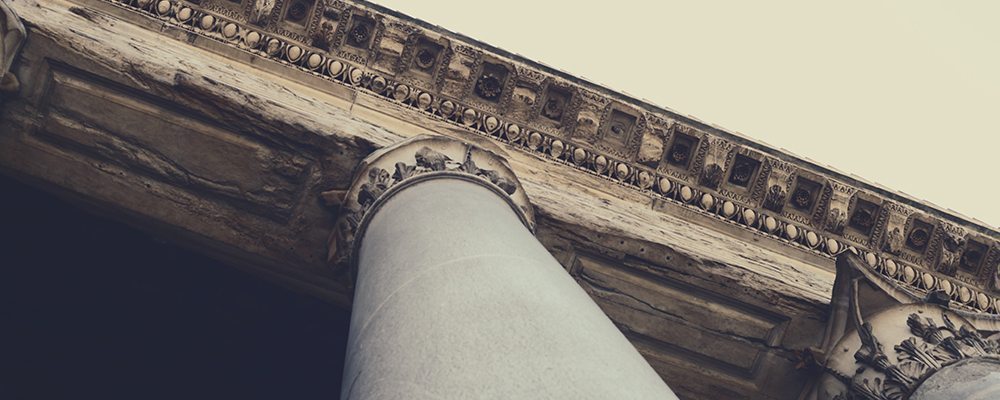
How well do you think you would sleep if there were snakes slithering around the floor of your room? Even if they were assuredly non-venomous, would you sleep enough to dream?
If you lived in Ancient Greece around the fourth and fifth centuries BC, and felt in need of healing, physically, mentally, emotionally, or spiritually, you might have booked yourself in for dream therapy at one of the many healing temples dedicated to Asclepius, the god of healing, also known as the first physician.
Priests and dream interpreter healers staffed the temples. Hippocrates, the Father of Modern Medicine (around 460-370BC) was a key researcher and healer working within these temples.
And then there were the non-venomous snakes, purposefully placed on the dormitory floors.
But let’s start at the beginning. In Ancient Greece, your dream therapy sessions went something like this:
On arrival you have a series of baths and cleansing rituals, including purges, both physical and emotional. Emotional purging commonly involved expression through art: painting, drawing, or sculpture.
Then you enter the incubation phase: sleeping in the dormitory with the snakes, expecting, after all the cleansing and purging, to have a significant dream.
In the morning, the dream therapy proper begins, as you tell your dream to a priest or a dream interpreter healer, depending on the nature of the dream. A priest would offer a prayer, while a dream interpreter healer would diagnose your situation (your disease) and prescribe healing. Healing might be medicinal (natural medicine, herbs, or food), or might be a task to do, such as more art.
Hippocrates was believed to include dream interpretation in his diagnoses.
Some temple healers induced patients into a sleep-like trance and based diagnosis and healing on visions received during trance.
I don’t know what kind of techniques the healers used to interpret dreams, or how their dream interpretation compared to professional dream analysis and interpretation today, but the element of dream alchemy is there in the post-interpretation prescription of symbolic tasks designed to promote healing.

Dream therapy today involves sessions with a dream therapist during which dreams are explored and used as the material for growth and healing, physically, mentally, emotionally, and spiritually. In my case, I add dream alchemy as a key part of the therapy. So far, in all these years, most dream therapy has been conducted with both myself and my client seated, no snakes involved, unless you look at Australian artist Barbara Courtille’s portrait of me as seen through her eyes.
But you want to know more about the snakes, don’t you?
Asclepius’s symbol was the Rod of Asclepius, a single snake entwined around a stick, so the snakes were placed in the temples in honour of Asclepius and in the name of healing.
There’s no common agreement on the Ancient Greek symbolism of snakes in healing, but it’s most likely that snakes, due to the fact that they shed their skins when they grow, were taken to represent the shedding of disease and the growth of a new healthy mind body. They may also have represented the challenge of healing, the line between death and life, poison and purification.
Hippocrates, who worked as a healer in the temples, is remembered as the founder of the Hippocratic School of Medicine. He developed the Hippocratic Oath, still sworn by doctors in modern medicine today. Originally – and accurately – the universal symbol of medicine is the Rod of Asclepius (the single snake, no wings) but in some places, and particularly in North America, this has been confused with and replaced by the Caduceus (two snakes and wings). The Caduceus was the staff of the god Hermes, and originally represented commerce, wisdom, and alchemy. So there’s an overlap: there’s alchemy in the caduceus.
And what of the snake in my portrait?
Yes, that is my face, minus glasses and minus quite a number of years, but the portrait is recent (2017). I didn’t know how Barbara was going to portray me. The snake in my portrait represents the ancient and modern dream therapist healer, as well as the Kundalini since I am a long-term yoga practitioner. According to yoga, the Kundalini is the energy coiled at the base of the spine that is awakened, through yoga, to ascend the length of the spine and bring enlightenment. In my work as a dream therapist, I help people to awaken to their unconscious, to become conscious of their full self, enlightened.
I also have a gold pendant totem, created for me in honour of a dream I once had, of two snakes entwined. I also have a pearl necklace that I love to wear, and Barbara has placed a pearl in the snake’s mouth at my third eye in my portrait.
We might ask, what does a snake mean in a dream, or what does a full moon, or a pearl, or the colour indigo mean in a dream? Dreams are unique and personal, and the true art and science of dream interpretation, dream analysis, dream alchemy, and dream therapy involves drawing out the personal meanings of the symbols and dramas of a dream.
Maybe I could create some group dream therapy retreats, and bring some real writhing snakes into the bedrooms. Or maybe you’d like to take my Dream Therapy Professional certificate courses, don’t worry, there are no (visible) snakes involved!



